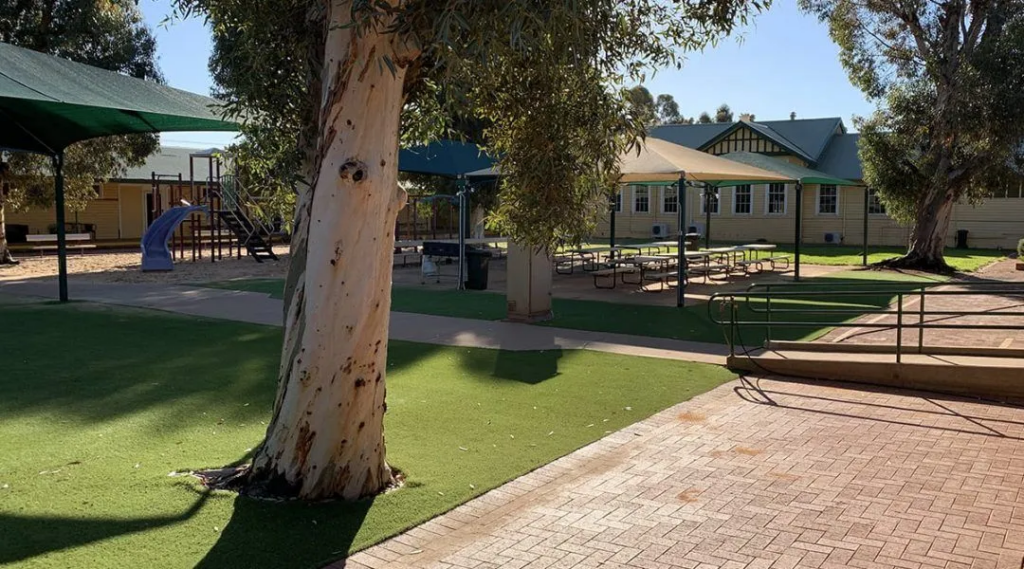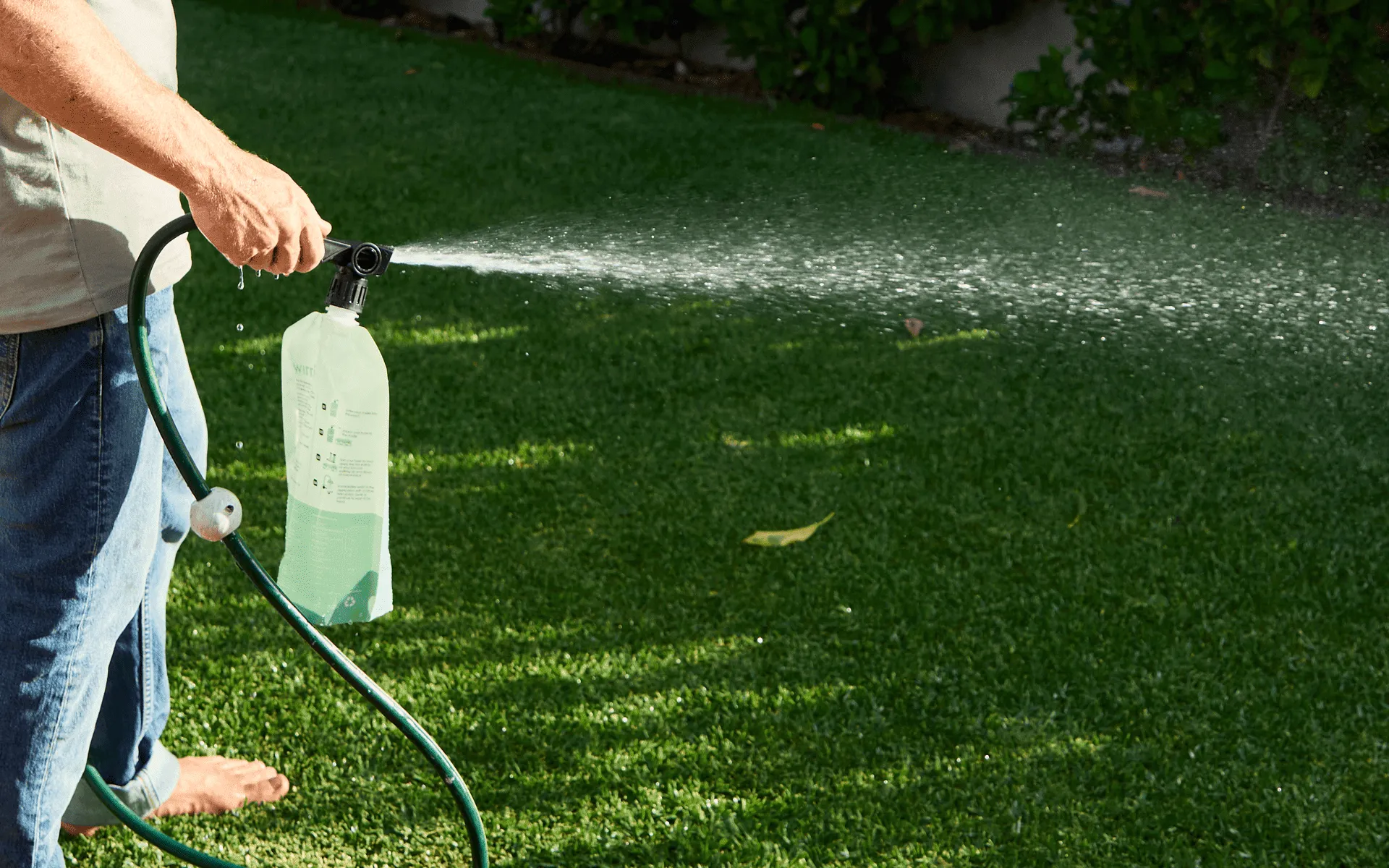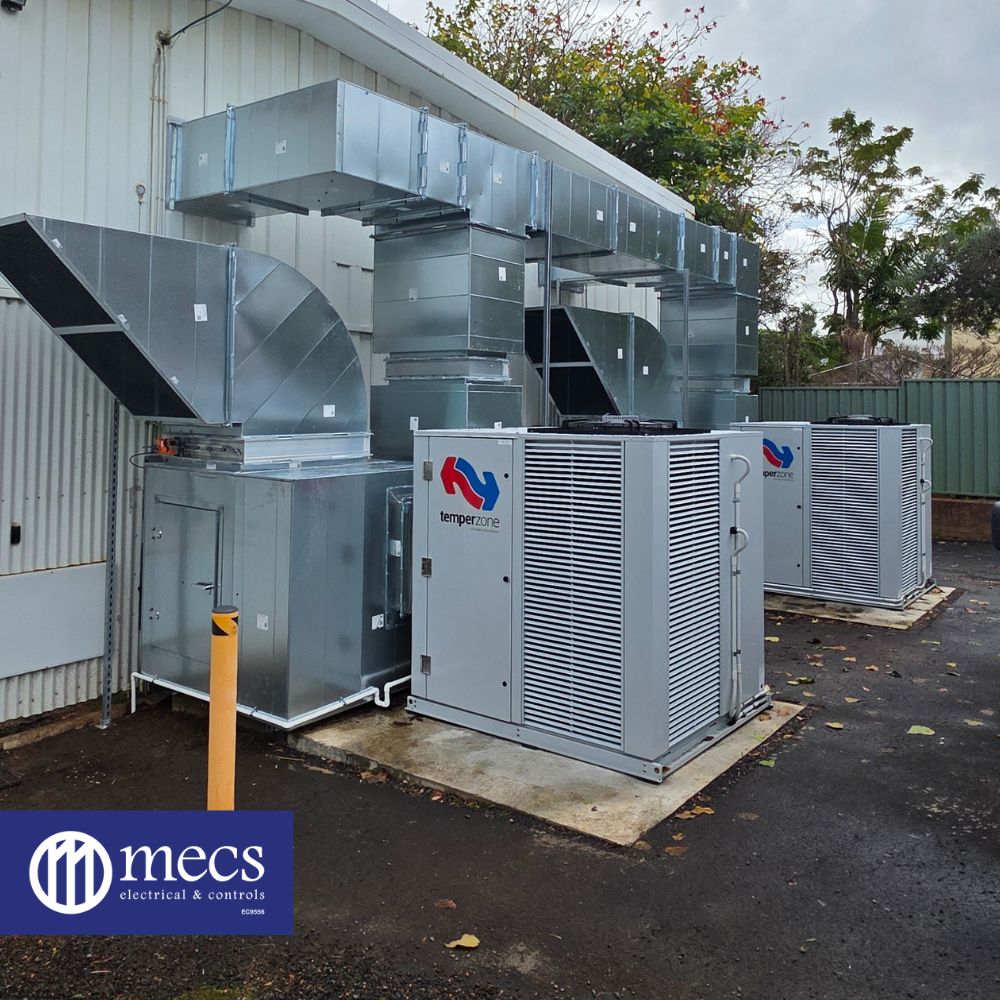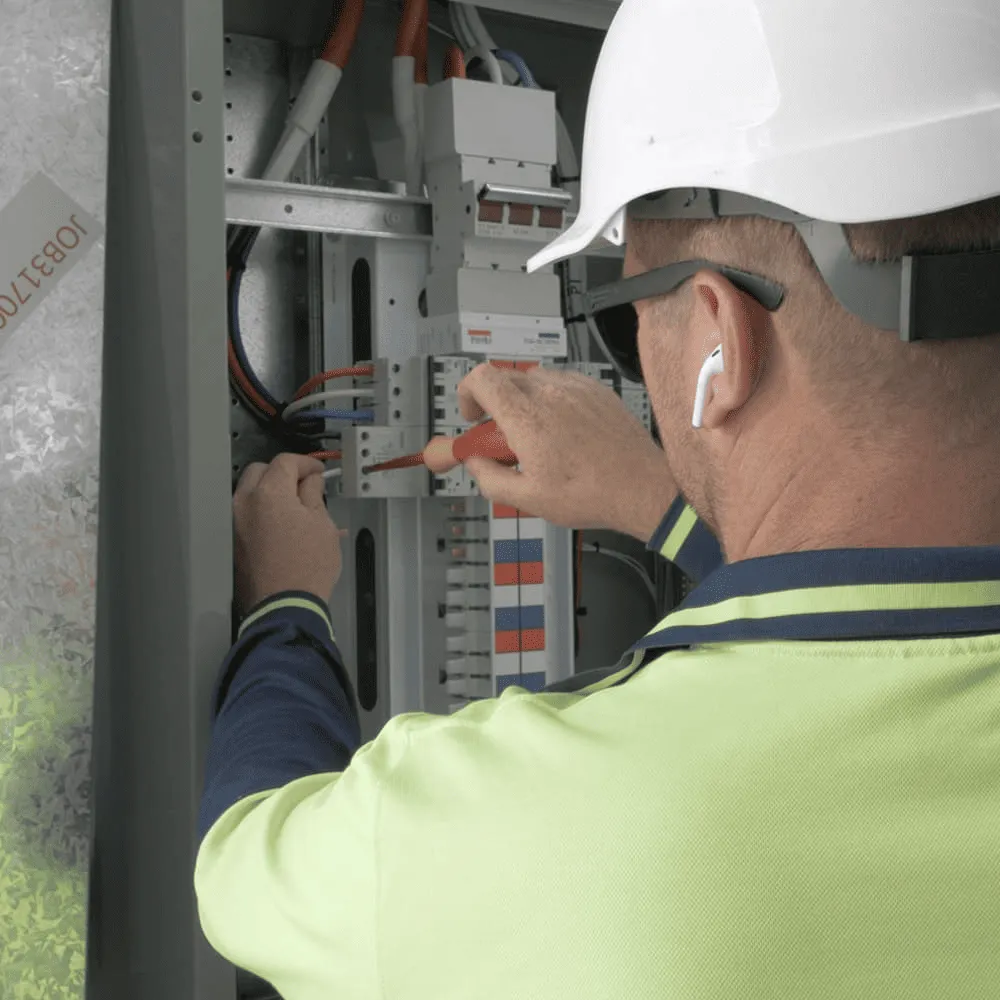
Community camps are about connection, support, and creating a safe space for people to reset, recharge and rediscover their strengths. Across Australia, community camps are helping people from all walks of life build resilience, develop life skills, and foster a sense of belonging. Whether you’re supporting young people doing it tough, assisting families reconnect, or helping individuals get back on their feet, camps offer more than just fresh air — they offer real change.
Let’s take a closer look at how community camps work, who they help, and why they matter.
What Is a Community Camp?
At its core, a community camp is a structured, purpose-driven getaway designed to bring people together in a safe, supported environment. These camps can run anywhere from a single weekend to several days or weeks, depending on the needs of the group.
Unlike school camps or traditional recreational getaways, community camps often focus on social development, emotional wellbeing, and personal growth. They’re commonly delivered by organisations like Fairbridge WA, who understand that real learning doesn’t always happen in a classroom.
Sometimes, it takes place around a campfire, during a team challenge, or in a quiet conversation between activities.

Who Benefits from Community Camps?
Community camps are incredibly flexible and can be tailored to suit many different groups. These include:
- Youth at risk: Many camps are designed to support young people who are disengaged from education, facing challenges at home, or navigating mental health issues. These programs help young people rebuild confidence, improve communication skills, and discover a sense of purpose.
- Families doing it tough: Some camps focus on reconnecting families, especially those affected by financial hardship, trauma, or relationship breakdowns. In a neutral setting free from day-to-day pressures, families have a chance to bond and rebuild trust.
- People facing barriers to employment: Community camps can offer a unique space for jobseekers to develop workplace skills, build resilience, and prepare for re-entry into the workforce through structured workshops and team-based activities.
- Culturally diverse groups: Camps can also support multicultural and First Nations communities, offering opportunities for cultural exchange, identity exploration, and leadership development.
No matter the background, the uniting factor in all these groups is the goal of personal growth and social inclusion.
A Typical Day at Camp
So, what does a day at a community camp look like? While no two programs are exactly the same, most follow a basic rhythm to give participants structure and predictability — which is especially important for those coming from chaotic or unstable environments.
Morning: The day often kicks off with group activities designed to energise and build rapport. This might include a physical challenge, like a bushwalk or ropes course, followed by a group discussion or check-in session.
Midday: Workshops might run on topics such as communication, decision-making, leadership, or emotional regulation. These sessions are practical and hands-on, often involving team challenges, art activities, or problem-solving games.
Afternoon: After lunch, participants might be involved in outdoor adventures — canoeing, archery, abseiling, or mountain biking — depending on the facilities available. These activities push people out of their comfort zones in a safe and supportive way.
Evening: Dinners are usually communal, followed by a group debrief or reflective session around a fire. It’s a time to wind down, share experiences, and support each other.
This routine provides structure, but it’s also adaptable. Staff and facilitators adjust the pace based on group dynamics and individual needs.
The Role of Trained Facilitators
One of the reasons community camps are effective is the quality of the staff involved. Trained facilitators, youth workers, and camp coordinators are more than just activity leaders — they are mentors, role models, and support systems.
They understand trauma-informed practice, how to engage people respectfully, and how to build trust over time. These aren’t easy jobs. Facilitators often work with people carrying significant emotional baggage, and it takes empathy, patience, and consistency to break down walls.
It’s Not Just About Activities
While the activities are a big drawcard, they’re not the point of community camps — they’re a tool. Whether it’s team sports, bushwalking, or low ropes challenges, each activity is chosen for its ability to encourage teamwork, persistence, and self-reflection.
But just as important are the quieter moments: learning to cook a shared meal, doing dishes together, or journaling after a group session. These everyday moments teach responsibility, cooperation, and mindfulness. And for people who haven’t had consistency or routine in their lives, these little things become big breakthroughs.

Lasting Impact Beyond the Camp
What makes community camps truly powerful is what participants take home with them.
Some leave with a new perspective on their own capabilities. Others go home with tools to manage stress, deal with anger, or communicate more openly. For many, the experience sparks the confidence to re-engage with education, look for work, or reconnect with family members.
Final Thoughts
Community camps work because they’re built on human connection. They provide a break from the everyday chaos and a chance to reflect, regroup, and reimagine what’s possible. Whether it’s helping a young person discover their strengths, giving families space to reconnect, or providing a safe environment for people facing hardship, these camps offer more than just a holiday — they offer hope.










